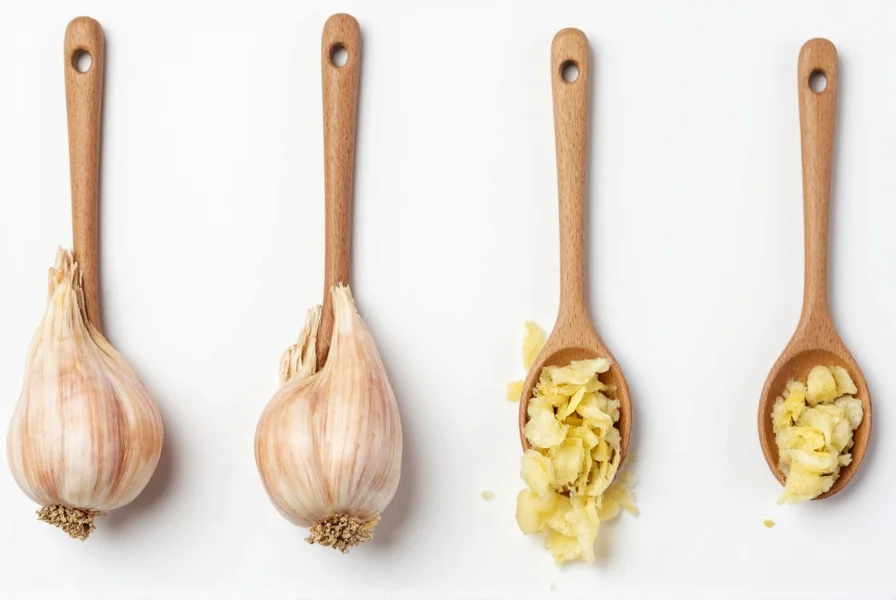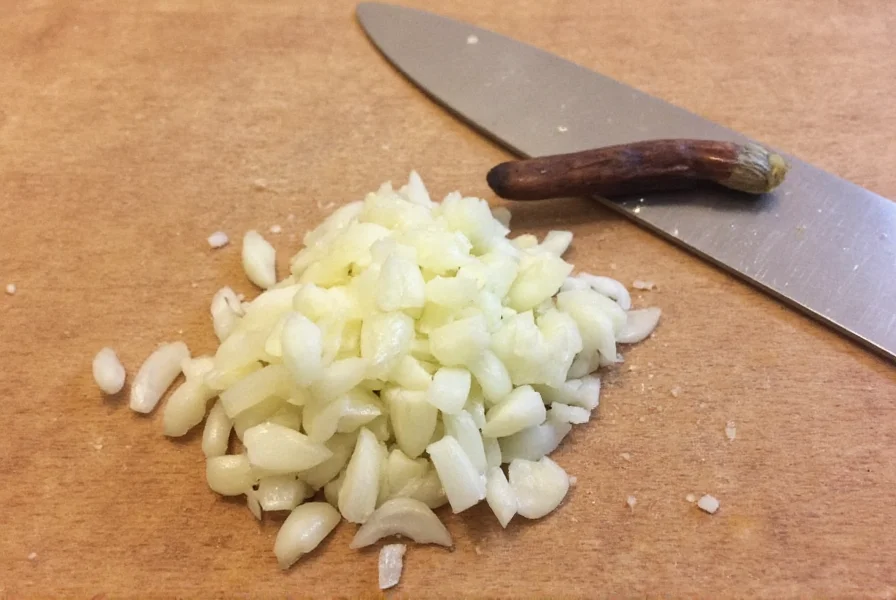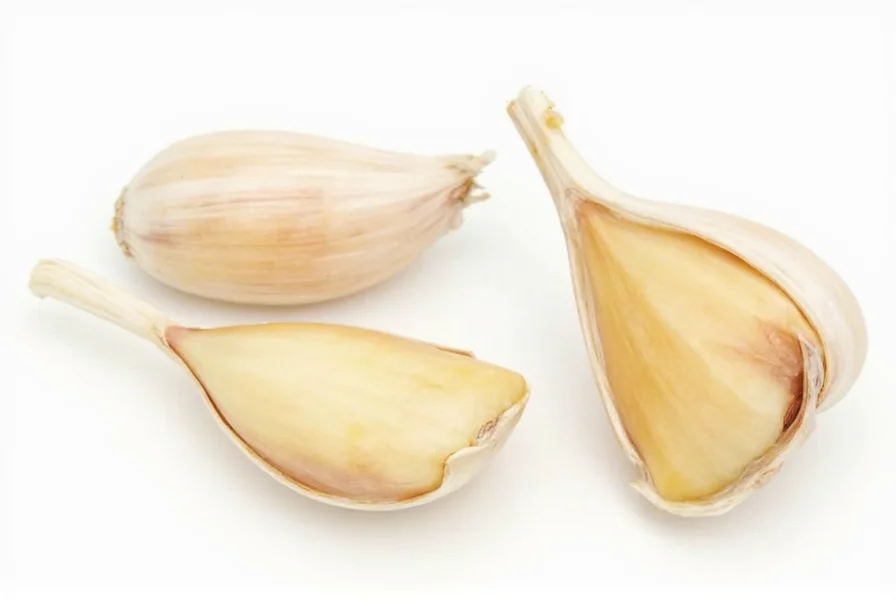Understanding garlic measurements is essential for achieving the perfect flavor balance in your cooking. When recipes specify cloves rather than teaspoons, it's because fresh garlic size varies naturally. Let's explore the precise conversion and practical applications for your culinary creations.
Why Garlic Clove Measurements Vary
Garlic cloves aren't uniform in size—they range from petite to jumbo depending on the variety and growing conditions. This natural variation directly impacts conversion to teaspoon measurements. A single clove's volume depends on several factors:
- Cultivar differences: Softneck varieties typically produce smaller cloves than hardneck types
- Growing conditions: Soil quality and climate affect bulb development
- Storage time: Older garlic shrinks as it dries out
- Preparation method: Minced versus pressed garlic yields different volumes

Accurate Garlic Measurement Guide
For precise recipe execution, understanding the relationship between whole cloves and teaspoon measurements is crucial. Here's a detailed conversion reference that addresses the common query about 2 cloves of garlic is how many teaspoons:
| Garlic Clove Size | 1 Clove (teaspoons) | 2 Cloves (teaspoons) | 4 Cloves (teaspoons) |
|---|---|---|---|
| Small (0.5" diameter) | 1/4 tsp | 1/2 tsp | 1 tsp |
| Medium (0.75" diameter) | 1/2 tsp | 1 tsp | 2 tsp |
| Large (1"+ diameter) | 3/4 tsp | 1 1/2 tsp | 3 tsp (1 tbsp) |
Practical Measurement Techniques
When converting 2 cloves of garlic to teaspoons in your kitchen, consider these professional techniques:
- Minced measurement: Finely chop cloves and mound them in a measuring spoon without packing
- Pressed garlic: One medium clove yields approximately 1/2 teaspoon when pressed
- Volume displacement: Place minced garlic in a liquid measuring spoon to read the volume accurately
- Weight alternative: For precision cooking, use 3-7 grams per medium clove (5g average)

Culinary Considerations for Garlic Measurements
The importance of accurate garlic conversion depends on your dish type. Understanding how much minced garlic equals two cloves becomes critical in certain recipes:
In delicate sauces, aiolis, or dressings where garlic flavor dominates, precise measurement prevents overpowering the dish. For robust stews, braises, or tomato-based sauces, slight variations matter less as flavors meld during cooking. When substituting jarred minced garlic for fresh, remember that commercial products often contain preservatives that slightly alter flavor intensity—use 10-15% less than fresh measurements.
When Precision Matters Most
Certain culinary applications demand exact garlic measurements. Professional chefs emphasize precision when:
- Creating infused oils where garlic concentration affects shelf life
- Developing spice blends with balanced flavor profiles
- Preparing raw applications like salad dressings or tapenades
- Following baking recipes that incorporate garlic (like focaccia or breadsticks)
For most home cooking applications, the standard conversion of two garlic cloves equals one teaspoon provides excellent results. When in doubt, start with less—you can always add more garlic during cooking, but you can't remove it once incorporated.
Frequently Asked Questions
How many teaspoons is 2 cloves of garlic minced?
Two medium-sized garlic cloves, when properly minced, equal approximately 1 teaspoon of garlic. Small cloves may yield only 1/2 teaspoon while large cloves can produce up to 1 1/2 teaspoons. The exact measurement depends on clove size and mincing technique.
Can I substitute jarred minced garlic for fresh cloves?
Yes, but adjust quantities. Jarred minced garlic is typically more potent due to processing. Use about 3/4 teaspoon of jarred product to replace 2 fresh medium cloves. Always taste as you incorporate to achieve desired flavor intensity.
Does roasting garlic change the teaspoon measurement?
Roasting concentrates garlic flavor but reduces volume slightly as moisture evaporates. Two roasted medium cloves yield approximately 3/4 teaspoon of pulp. The flavor becomes sweeter and milder, so you might use slightly more than raw garlic measurements would suggest.
How can I measure garlic without a knife or cutting board?
Use a garlic press to extract minced garlic directly into your measuring spoon. Alternatively, crush cloves with the flat side of a knife, then scrape the paste into your spoon. For approximate measurements, remember that one medium clove roughly fills the tip of your thumb.
Why do some recipes specify cloves while others use teaspoons?
Recipes using cloves assume you're working with fresh garlic and want to account for natural size variations. Teaspoon measurements provide precision for processed garlic. Professional recipes often specify both ("2 medium cloves, minced, about 1 teaspoon") to accommodate different cooking approaches and garlic varieties.











 浙公网安备
33010002000092号
浙公网安备
33010002000092号 浙B2-20120091-4
浙B2-20120091-4